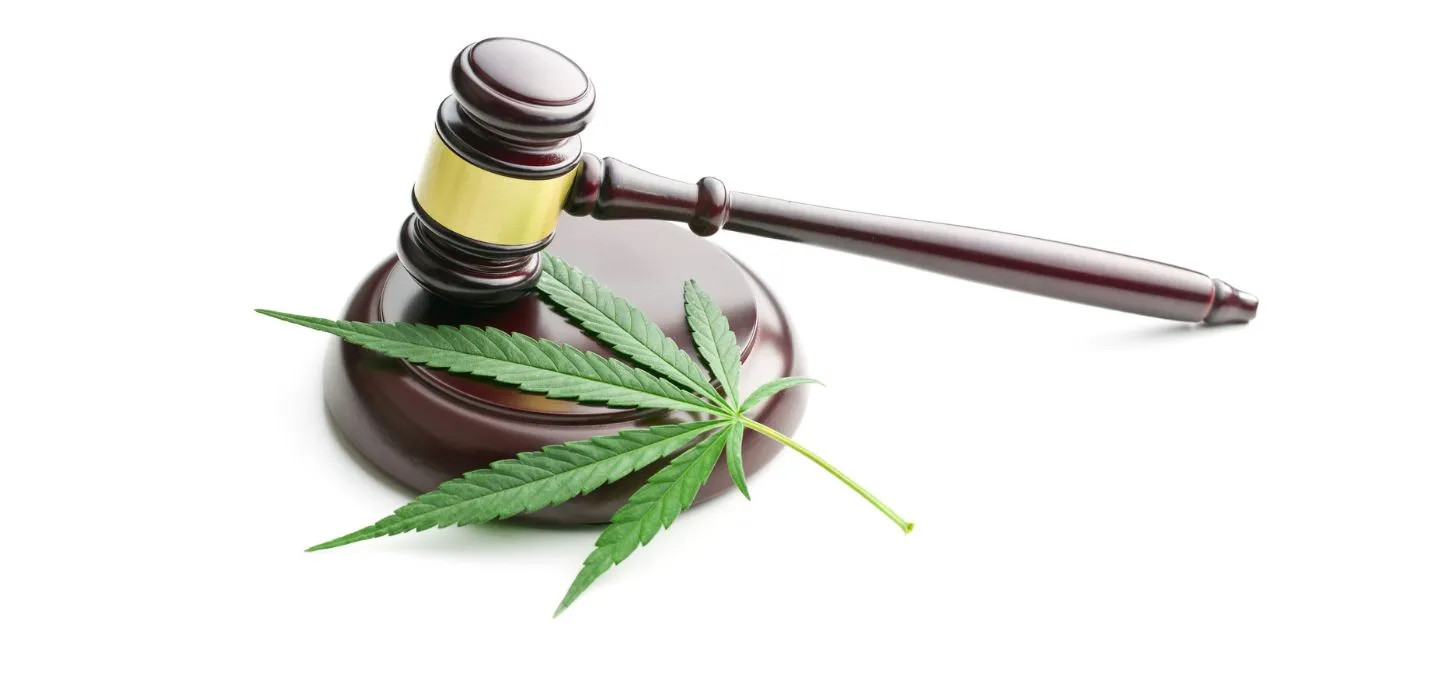What is Legalization?
Table of Contents
Recent years have seen cannabis legalization change drastically.
State laws legalizing marijuana for medicinal or recreational use have replaced federal prohibition.
However, legalization is complicated and regulated.
History of Marijuana Legalization
Cannabis was criminalized in the 1930s due to erroneous worries. Long-term federal restrictions followed. Medical marijuana was legalized in California in 1996, and state-level change has progressed since.
Medical marijuana is authorized in 37 states plus D.C. as of October 2023. 19 states plus D.C. have legalized and taxed adult recreational cannabis. Schedule I drugs like cannabis remain banned under federal law.
The cannabis sector legality is unknown due to state-federal disagreement. However, U.S. and global changes have irreversibly favored legalization.
Difference between Legalization and Decriminalization
There are important distinctions between the processes of legalization and decriminalization.
Legalization involves establishing systems to regulate cannabis production and sales, as well as imposing taxes. This creates a commercial model allowing legal access for medical and recreational purposes.
Decriminalization simply removes criminal penalties, like jail time, for personal possession and use of small amounts of marijuana.
It may also expunge past cannabis offenses. But full legalization goes much further in transforming a black market into a regulated industry.
Difference between Medical and Adult-Use Legalization
Another key difference is between medical and adult-use (recreational) legalization.
Medical marijuana laws allow access to patients with approved health conditions, usually with a doctor’s recommendation.
Adult-use laws establish retail frameworks for any adults 21 and older to purchase cannabis products legally.

 Fact Checked by Doctor Name
Fact Checked by Doctor Name